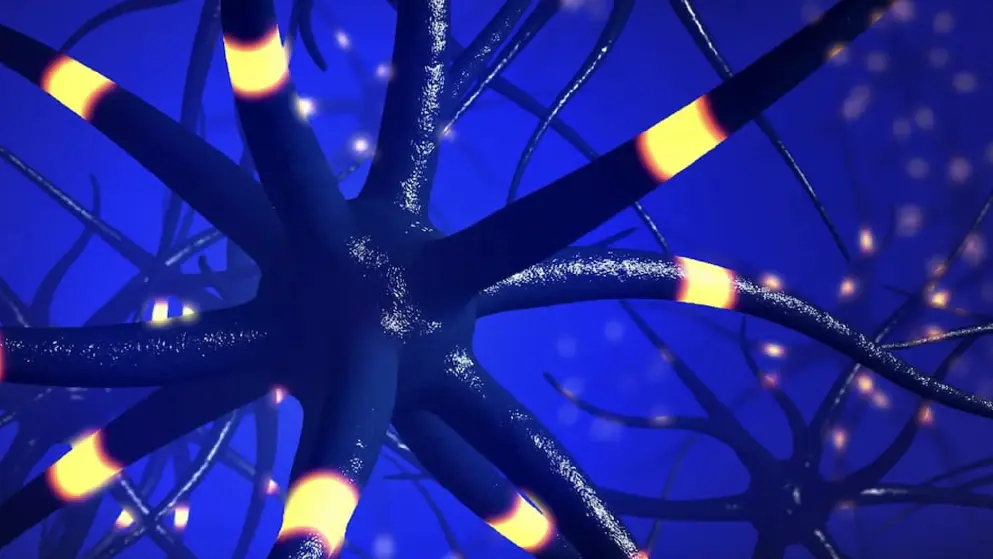Phase II data published in NEJM show potential of frexalimab as high-efficacy therapy in relapsing multiple sclerosis
The New England Journal of Medicine published results from a positive Phase II clinical trial demonstrating frexalimab significantly slowed disease activity in people with relapsing multiple sclerosis (MS), corresponding to 89% and 79% reduction in new gadolinium-enhancing (GdE) T1 brain lesions at Week 12 in the high- and low-dose treatment arms compared to placebo, meeting the study’s primary endpoint
Findings also showed both doses of frexalimab provided significant reduction in new or enlarging T2 lesions, a secondary endpoint of the study. Frexalimab is Sanofi’s novel second-generation investigational anti-CD40L antibody that has a unique method of action with the potential to address both acute and chronic neuroinflammation in MS without causing lymphocyte depletion.
These data were previously presented at Consortium of Multiple Sclerosis Centers annual meeting 2023. Patrick Vermersch, MD, PhD, University of Lille, CHU Lille, France “These published Phase II results for frexalimab represent important data in not only the potential treatment of MS but to the broader MS community. Of note, at Week 12, both doses of frexalimab provided reduction of new lesions – a standard measure of active inflammation in MS – and was well-sustained over time and well tolerated, especially at the high dose of frexalimab where 96% of patients were free of new active lesions after 24 weeks of treatment.”
Results published in NEJM stem from the Phase II clinical trial that randomized 129 adults with relapsing MS to receive one of two doses of the anti-CD40L antibody frexalimab (n=52 and n=51, in the high- and low-dose treatment arms, respectively) or matching placebo (n=12 and n=14, respectively; pooled for efficacy analyses). In the high-dose treatment arm, participants received 1200 mg of frexalimab intravenously every 4 weeks with an 1800 mg loading dose. In the low-dose treatment arm, participants received 300 mg of frexalimab subcutaneously every 2 weeks with a 600 mg loading dose.
After 12 weeks of treatment, both doses of frexalimab led to significant reductions in: i. The number of new GdE T1-lesions at Week 12, providing rate ratios of 0.11 (95% CI, 0.03 to 0.38) and 0.21 (95% CI, 0.08 to 0.56), corresponding to 89% and 79% reduction in the high- and low-dose treatment arms versus placebo, the primary endpoint. ii. The number of new/enlarging T2-lesions at Week 12, providing rate ratios of 0.08 (95% CI, 0.03 to 0.26) and 0.14 (95% CI, 0.05 to 0.41), corresponding to 92% and 86% reduction in the high- and low-dose treatment arms versus placebo, respectively, a 92% and 86% reduction in the high- and low-dose treatment arms versus placebo, respectively, a secondary endpoint. iii. The total number of GdE T1-lesions at Week 12 providing rate ratios of 0.12 (95% CI, 0.04 to 0.36) and 0.20 (95% CI, 0.07 to 0.53) corresponding to 88% and 80% reduction, respectively, another secondary endpoint.
The effects on the primary endpoint were sustained over time across both treatment arms, with even greater reduction seen in the high-dose frexalimab treatment arm, as 96% of these study participants were free of new GdE T1-lesions at Week 24. Exploratory endpoints looked at changes in the Multiple Sclerosis Impact Scale 29 (MSIS-29), a patient-reported outcome, plasma neurofilament light chain (NfL), which has been identified as a biomarker of neuroaxonal damage and MS disease activity, as well as plasma levels of CXCL13, a biomarker of inflammatory activity.
Over 12 weeks of treatment, patient-reported outcome MSIS-29 physical impact scores improved significantly in participants receiving the higher dose of frexalimab. The least-square [LS] mean difference (95% confidence interval) was -7.9 (14.7,-1.2), compared to pooled placebo. Both doses of frexalimab achieved a reduction in NfL levels relative to baseline (24% and 18% in the high- and low-dose treatment arms, respectively) and in CXCL13 levels relative to baseline (21% and 30% in the high- and low-dose treatment arms, respectively) compared to pooled placebo at Week 12.
Frexalimab was well-tolerated, and 125 (97%) participants completed Part A and continued to the open-label Part B. The most common adverse events (?5%) in any frexalimab-treated group were COVID-19 (n=5 [9.8%] in the lower-dose group; all uncomplicated cases of mild or moderate intensity) and headache (n=1 [2.0%] and n=3 [5.8%] in the low- and high-dose group, respectively).
Sanofi has initiated Phase III clinical trials of frexalimab in relapsing MS and non-relapsing secondary progressive MS.
See -"Inhibition of CD40L with Frexalimab in Multiple Sclerosis."- Patrick Vermersch, M.D., Ph.D., Cristina Granziera, M.D., Ph.D., Yang Mao-Draayer, M.D., Ph.D., et al., for the Frexalimab Phase II Trial Group; February 15, 2024. N Engl J Med 2024; 390:589-600. DOI: 10.1056/NEJMoa2309439.

